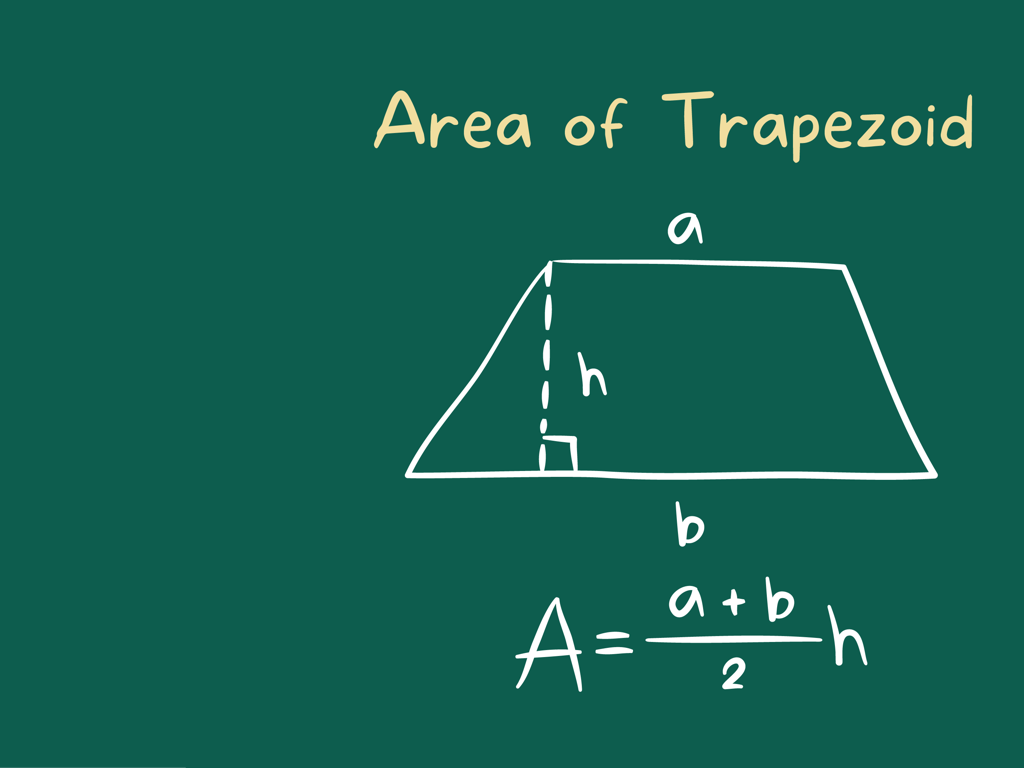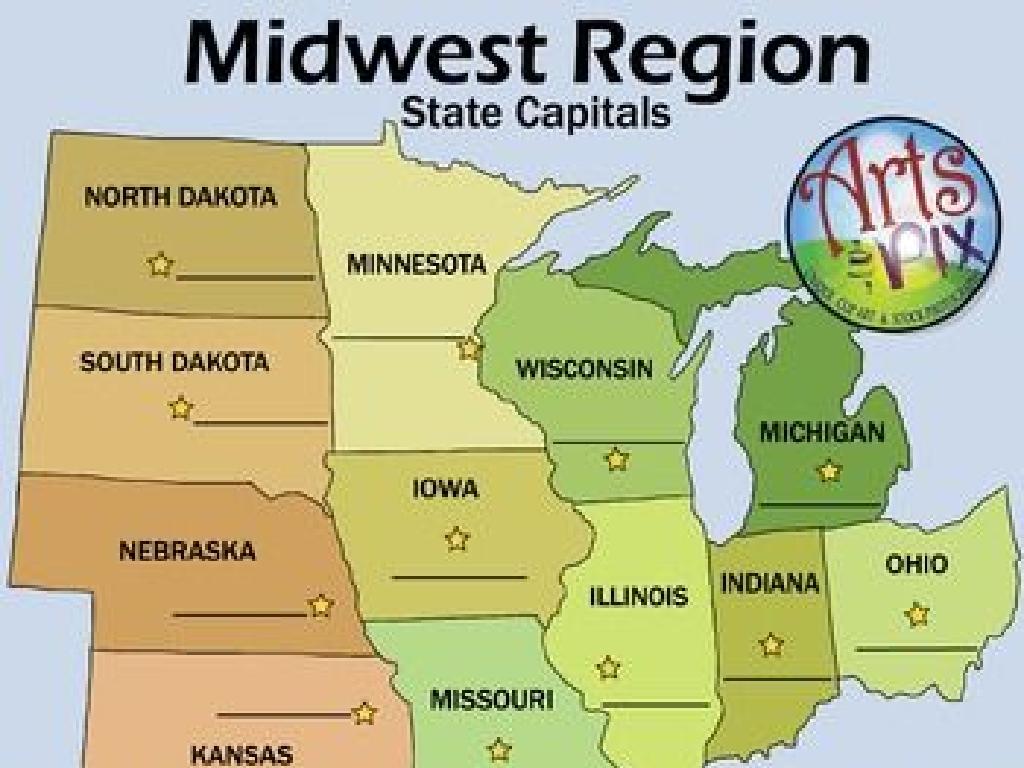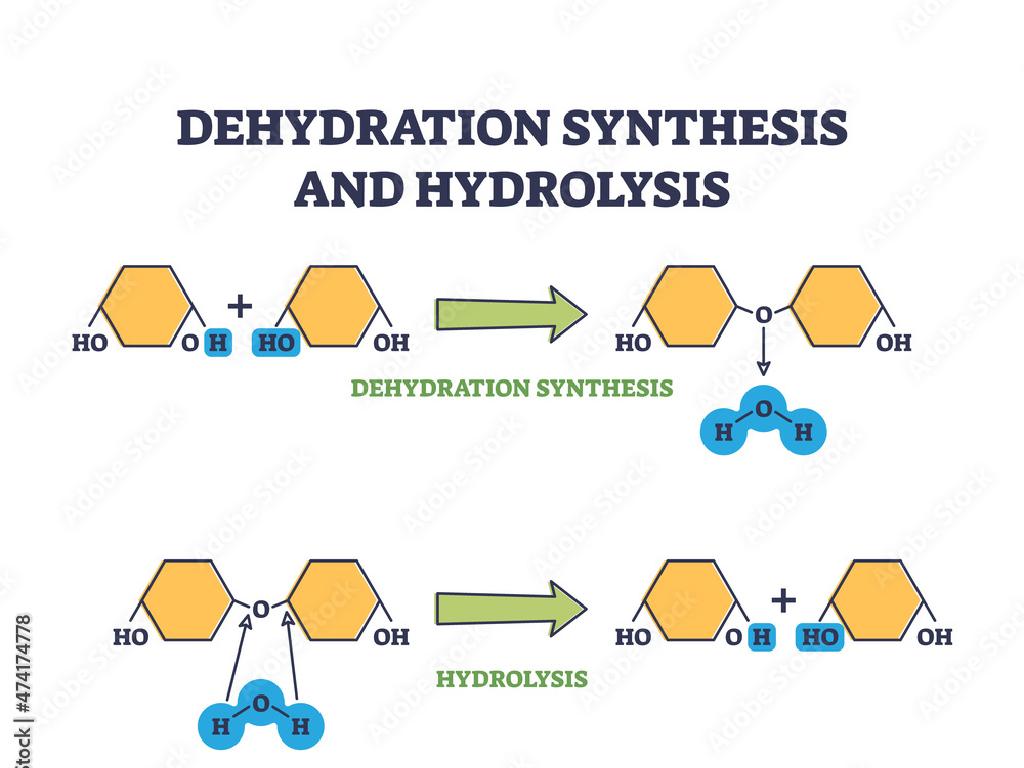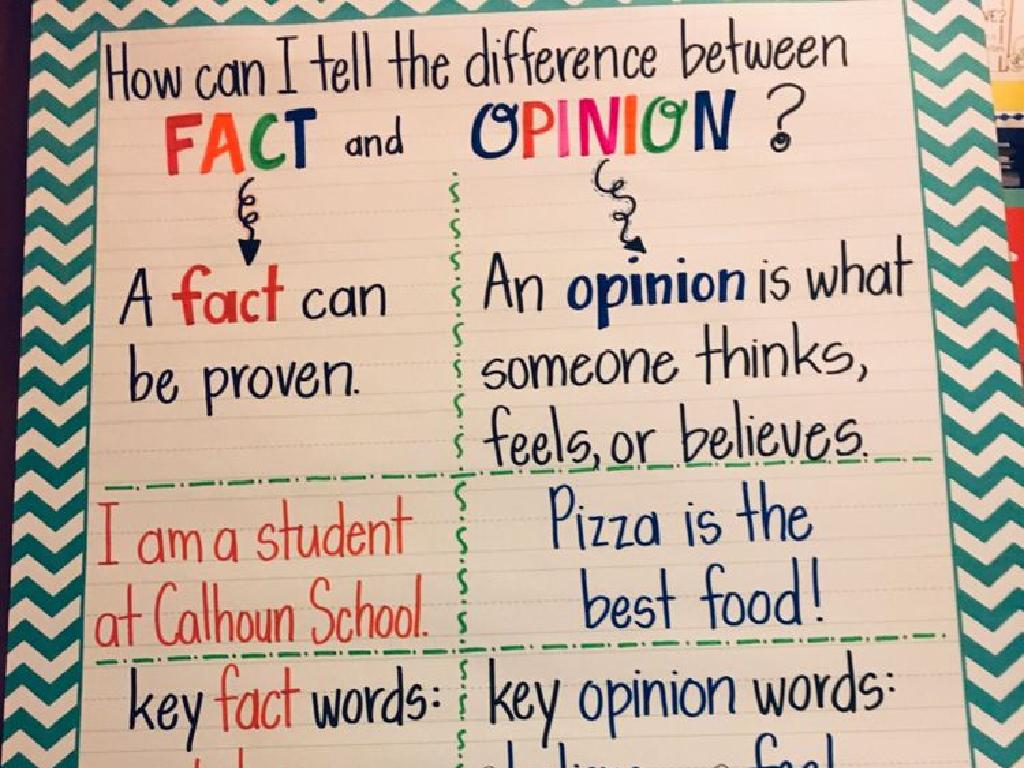Estimate Products: Multiply By 1-Digit Numbers
Subject: Math
Grade: Fourth grade
Topic: Multiply By One-Digit Numbers
Please LOG IN to download the presentation. Access is available to registered users only.
View More Content
Estimating Products with 1-Digit Multiplication
– Grasp basic multiplication concepts
– Learn to estimate product outcomes
– Use rounding to guess the product’s range
– Understand 1-digit multiplication
– Multiply numbers by 1-digit multipliers
– Discover why estimation is valuable
– Estimation saves time and aids in checking work
|
This slide introduces students to the concept of estimation in multiplication, specifically focusing on multiplying by 1-digit numbers. Begin by reviewing the basics of multiplication to ensure a solid foundation. Then, move on to the concept of estimation, which is a skill that allows students to quickly determine an approximate answer without needing to calculate the exact product. Emphasize the importance of estimation in everyday situations, such as when shopping or planning events, where exact numbers are not necessary. Provide examples of multiplying by 1-digit numbers and show how rounding numbers can help in making quick and useful estimations. Encourage students to practice by estimating products of various multiplication problems and verifying their estimates with actual calculations.
Understanding Estimation in Multiplication
– What is estimation?
– Estimation helps find a number close to the exact answer.
– Why use estimation?
– It simplifies math for quick, mental calculations.
– Estimation in daily life
– Guessing the total cost of groceries or number of candies in a jar.
– Practice estimation with examples
– Multiply 5 by an estimated 20 instead of 19 for faster results.
|
This slide introduces the concept of estimation, which is a critical skill in mathematics, especially when precise calculations are not necessary or when a quick approximation is needed. Explain that estimation is about finding a number that is close enough to the exact answer, which can be very useful in everyday situations and in solving math problems more efficiently. Provide examples from daily life where estimation is commonly used, such as estimating time, distance, or quantity. Encourage students to think of their own examples. Conclude with a simple multiplication example to demonstrate how estimation can make calculations quicker and easier, preparing them for more practice in class.
Multiplication Review: Building Blocks
– Review multiplication facts
– Go over times tables up to 10
– Multiplication equals repeated addition
– If you have 4 groups of 3, that’s 3+3+3+3
– Practice with small numbers
– Try 2×4, 3×5, 6×2 to strengthen skills
– Importance of estimation
– Estimating helps check if our answer is reasonable
|
Begin with a quick recap of multiplication tables, which are essential for understanding more complex multiplication. Explain that multiplication is a faster way of adding the same number several times. Use visual aids or counters to help students visualize this concept. Provide examples of simple multiplication problems for the class to solve together, reinforcing their skills. Emphasize the role of estimation in multiplication to quickly assess the reasonableness of their answers. This foundational knowledge is crucial for their success in estimating products when multiplying by one-digit numbers.
The Power of Estimation in Multiplication
– Estimation checks work reasonableness
– Like a detective, estimation helps us verify if our multiplication answers make sense.
– Estimation saves time
– When precision isn’t needed, estimation is a speedy shortcut.
– Useful in real-life scenarios
– At the grocery store, we can estimate the total cost to stay within budget.
|
This slide introduces students to the concept of estimation in multiplication. Estimation is a valuable skill that allows students to quickly determine if their answers are in the right ballpark. It’s particularly useful when exact numbers are not required, saving time and effort. In real-life situations, such as shopping or planning events, estimation helps us make quick decisions and keep track of expenses without getting bogged down by detailed calculations. Encourage students to think of times when they or their family members have used estimation in everyday life and share their experiences.
Estimating Products in Multiplication
– Round numbers to nearest ten or hundred
– If you have 34 x 6, round 34 to 30
– Multiply the rounded figures
– After rounding, multiply: 30 x 6 = 180
– Compare estimate with exact product
– Check how close 180 is to 34 x 6 = 204
– Practice estimation with examples
– Try with different numbers to gain confidence
|
This slide introduces students to the concept of estimation in multiplication, which is a useful skill for quick mental math and checking work. Start by explaining the importance of rounding numbers to make multiplication easier. Demonstrate how to round numbers to the nearest ten or hundred, then multiply these rounded numbers. Afterward, show how to compare the estimated product with the exact product to see if the estimate was reasonable. Encourage students to practice with several examples and to understand that while estimates are not exact, they should be close to the actual value. This will help them develop number sense and improve their ability to work with larger numbers.
Let’s Practice Estimating Products!
– Estimate product of 47 and 6
– Round 47 to 50, then multiply by 6
– Estimate product of 53 and 4
– Round 53 to 50, then multiply by 4
– Group activity on estimation
– Discuss estimation strategies
– Use rounding to nearest ten for easier multiplication
|
This slide is designed to help students practice the skill of estimating products when multiplying by one-digit numbers. Start by demonstrating how to round numbers to the nearest ten to simplify multiplication. For example, 47 can be rounded to 50, and then multiplied by 6 to estimate the product. Similarly, 53 can be rounded to 50 before multiplying by 4. The group activity should involve students working together to estimate products of various problems provided by the teacher. Encourage them to discuss their strategies and reasoning with their peers. This activity will help reinforce their understanding of estimation and provide an opportunity for collaborative learning. The teacher should circulate the room, providing guidance and support as needed. Possible activities could include estimating products using different rounding rules, such as rounding to the nearest hundred, or comparing estimated and actual products to understand the accuracy of their estimations.
Estimation in Shopping
– Estimation’s role in shopping
– Round prices to nearest dollar to estimate total cost
– Estimation for quick decisions
– Use estimation to decide if you have enough money
– Activity: Estimating basket costs
– Guess the total cost of items before checkout
|
This slide introduces students to the practical use of estimation in everyday life, specifically in shopping. Start by explaining how rounding prices to the nearest dollar can help quickly estimate the total cost of items. Discuss how this skill is useful for making quick decisions, like determining if you have enough money to buy something. For the activity, provide a list of items with prices and have students round each price and then add them up to estimate the total cost. This will help them practice estimation in a fun and interactive way. Prepare different baskets with varying items and prices for the activity to cater to different student skill levels. Encourage students to share their estimates and methods.
Class Activity: Estimation Station
– Visit multiplication stations
– Practice estimating products
– Round numbers before multiplying
– Share your estimations
– Discuss estimations as a class
– Why did estimates vary?
|
Set up different stations around the classroom, each with a unique multiplication problem involving 1-digit numbers. Students will rotate through these stations, practicing the skill of estimation. They should round numbers to the nearest ten to simplify multiplication. After visiting each station, students will share their estimated products with the class. Facilitate a discussion on the different estimations made, emphasizing the importance of estimation in everyday math. Provide guidance on rounding numbers and using estimation to check the reasonableness of answers. Possible activities: 1) Estimating costs of items in a store, 2) Estimating the number of seeds in a fruit, 3) Estimating distances on a map, 4) Estimating time needed for tasks.
Estimation in Multiplication: Review
– Why estimation is key
– Steps to estimate products
– Round numbers, then multiply
– Q&A session
– Clarify any confusion
– Practice makes perfect
– Keep practicing with different numbers
|
As we conclude, remind students that estimation is a valuable skill for quickly assessing the scale of a multiplication problem without needing an exact answer. Review the steps: first round the numbers to the nearest ten or hundred, then multiply the rounded numbers. Open the floor for a Q&A session to address any uncertainties students may have. Encourage them to ask questions and express their doubts so they can be clarified. Emphasize the importance of practice to become more comfortable with estimation. Provide additional examples or problems for students to work on at home to reinforce their understanding.
Homework Challenge: Estimating Time
– Practice estimation with family
– Estimate chore and playtime
– How long does it take to clean your room or play a game?
– Record your estimations
– Write them down to remember
– Share examples in class
|
This homework activity is designed to help students apply estimation skills in a practical, everyday context. Encourage them to estimate the duration of various activities at home, such as cleaning their room, doing dishes, or playing their favorite games. Remind them to use multiplication by 1-digit numbers to make their estimates. For example, if they play 4 rounds of a game and each round takes about 7 minutes, they can estimate the total playtime. Have them bring their examples to class the next day to discuss the accuracy of their estimations and share their methods. This will reinforce their understanding of estimation and provide an opportunity for peer learning.






